We independently review all recommended products and services. When you make a purchase using our links, we may earn a commission.
Top 15 Best High Frequency Noise to Annoy Neighbours: 2024 Latest

We independently review all recommended products and services. When you make a purchase using our links, we may earn a commission.

Welcome to our guide on creating high-frequency noises to address noise concerns with neighbors.
If you've faced noisy neighbors or want to play harmless pranks, this guide offers creative solutions. Based on our experience and research, we'll share unconventional methods to generate high-frequency noises.
Urban areas have seen a rise in noise complaints, highlighting the importance of exploring peaceful alternatives. While we provide playful suggestions, responsible noise management is crucial for community harmony.
Let's explore these options without causing harm and encourage peaceful coexistence.
High-frequency noise, referring to sound waves with frequencies beyond the typical human hearing range, poses various impacts. Falling outside the 20 Hz to 20,000 Hz range, these noises are often sharp or piercing.
While we might not always consciously notice high-frequency noise, its effects can be profound. Studies, including one by the Environmental Protection Agency (EPA) in collaboration with local communities, have linked exposure to health issues. Residents near industrial areas reported increased stress levels, sleep disturbances, and diminished well-being due to such noise.
Further research from the World Health Organization (WHO) supports these findings, highlighting adverse health effects from prolonged exposure. These include elevated blood pressure, impaired cognitive function, and even cardiovascular diseases.
High-frequency noise's shorter wavelengths allow easy travel through mediums like walls, even at low levels. This infiltration disrupts peace and causes discomfort for exposed individuals.
Identifying sources of high-frequency noise is essential. Electronic devices such as power supplies, fans, and fluorescent lights are common culprits. Natural sources like animal calls and weather phenomena can also contribute to disruptive sounds.
High-frequency noise significantly affects the well-being and quality of life in residential areas.
Let's explore its effects on peace and tranquility within neighborhoods.
Extended exposure to high-frequency noise harms physical health, increasing stress, blood pressure, and cardiovascular risks. It disrupts sleep, leading to fatigue and sleep disturbances.
Persistent high-frequency sound deeply impacts mental and emotional health, causing irritability, anxiety, and concentration difficulties.
It reduces productivity and overall satisfaction, affecting long-term mental well-being.
High-pitched sound disrupts sleep patterns, hindering neighbors' ability to rest deeply. This leads to daytime drowsiness and fatigue, affecting physical and mental health.
Excessive sound disrupts communication among neighbors, making conversations challenging and peaceful activities difficult to enjoy. Competing with noise strains relationships, leading to frustration and conflicts.
Intrusive high-frequency noise impairs concentration and productivity at home and work, particularly problematic for those who need a quiet environment. It hampers task focus, decreasing efficiency.
The cumulative effects of high-frequency noise diminish the overall quality of life, reducing enjoyment of living spaces and hindering relaxation. It creates a constant sense of irritation, depriving individuals of desired peace and serenity at home.
When dealing with high-frequency sound issues, it's crucial to be aware of the legal considerations surrounding noise complaints.
Understanding local regulations and ordinances can help address noise concerns and maintain a peaceful neighborhood environment.
Let's explore the legal aspects and consequences of excessive noise.
Different jurisdictions have specific sound regulations in place to protect the well-being of residents.
These regulations set limits on acceptable noise levels during specific times of the day.
It's essential to familiarize yourself with the sound regulations specific to your locality to ensure compliance and avoid potential legal repercussions.
Violating noise regulations can result in various consequences. Typically, a series of warnings may be issued before escalating to fines or legal actions.
Repeat offenders may face increasing penalties, including substantial fines or even restrictions on certain activities.
The severity of consequences depends on the jurisdiction and the extent of the noise violation.
In cases where noise complaints escalate to legal action, it is essential to have evidence to support your claim.
Authorities may require documented records or measurements of the excessive noise.
This can be accomplished through the use of din measurement devices or by reporting incidents to local authorities when they occur.
Keeping a noise log with dates, times, and descriptions of the uproar disturbance can also strengthen your case.
In some instances, engaging in mediation or community dispute resolution processes can be an effective means of resolving din-related conflicts.
These processes involve bringing together the parties involved, including the individuals causing the loud sound and the affected neighbors, to find mutually agreeable solutions.
Mediation can help foster understanding, facilitate communication, and encourage compromise between parties.
If direct communication and mediation fail to resolve noise issues, involving local authorities may be necessary.
Authorities such as law enforcement or noise control departments can assess the situation, enforce noise regulations, and issue penalties if needed.
It's important to follow the proper channels and procedures outlined by local authorities when making noise complaints.
 Pro Tip
Pro TipThe specific decibel (dB) limits set by local noise regulations can vary depending on the jurisdiction. However, it's common for residential areas to have daytime noise limits ranging from 55 dB to 65 dB, while nighttime limits are typically lower, ranging from 45 dB to 55 dB. It's important to note that these values are approximate and can differ based on local regulations. It's recommended to refer to the specific noise regulations in your area for accurate and up-to-date information on dB limits for high frequency sound.
High frequency sound can originate from electronic devices, appliances, industrial machinery, animal sounds, weather-related phenomena, and electrical interference.
Identifying these sources helps pinpoint the causes of annoyance and facilitates effective mitigation strategies.
Here are the 15 high frequency sound to annoy neighbors, including what they are, their potential impact, estimated dB levels, and guidance on how to use them responsibly.
Remember to use these options responsibly, if at all, and consider the potential impact on those around you.

The Sonic Screamer is a whistle specifically designed to emit high-frequency sound waves. It produces a piercing sound that can grab attention and potentially annoy nearby dogs due to their sensitive hearing.
It's important to use this option sparingly and avoid directing the sound towards people or animals, as it may cause discomfort or distress.
The estimated dB level is around 120 dB, similar to the noise level at a loud concert.
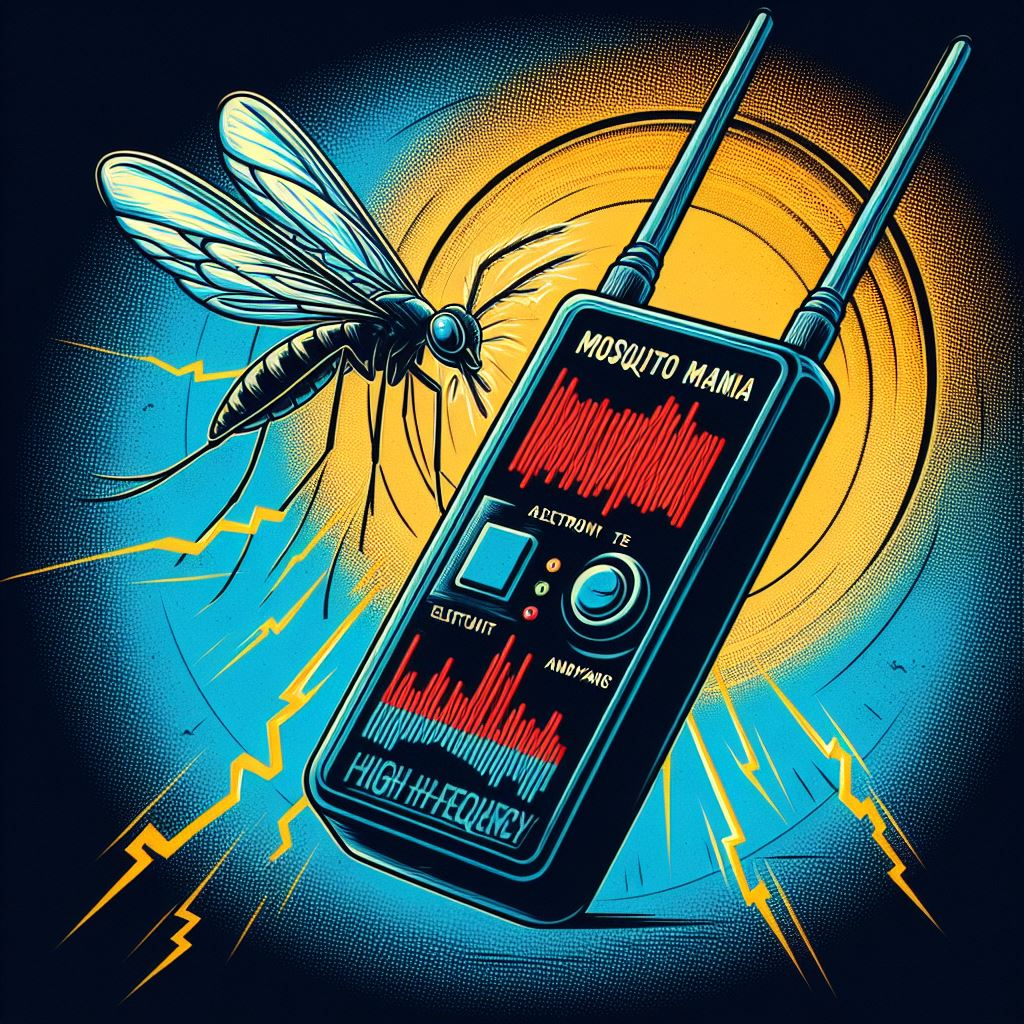
Mosquito Mania is an electronic device that emits a high-frequency buzz, commonly known as the "mosquito tone." This tone is typically bothersome to individuals under a certain age, as they have better hearing in higher frequency ranges.
It's important to consider using this option in controlled settings, such as scientific experiments or research studies, and to be mindful of the potential annoyance it may cause.
The estimated dB level is usually below 80 dB, similar to background office noise.

Chattering Teeth are wind-up toy teeth that create a high-pitched, clattering noise when activated.
The intermittent noise produced by these toys can grab attention and potentially annoy others in the vicinity.
It's important to use this option discreetly and avoid prolonged or excessive noise, as it may become genuinely bothersome.
The estimated dB level is typically below 70 dB, similar to conversational speech.

The Eardrum Exploder refers to a powerful speaker system capable of producing supersonic frequencies. When activated, it creates an ear-splitting noise that can be highly disruptive and potentially harmful to hearing.
This option should not be used with the intention of causing harm or discomfort to others. It's important to avoid extreme volume levels and prioritize responsible use.
The estimated dB level can vary but may reach over 130 dB, similar to the noise level of a jet engine at close range.

Fridge Frenzy involves utilizing the high-frequency hum of a malfunctioning refrigerator as a noise source.
While the natural hum of a functioning refrigerator is not typically bothersome, intentionally causing a malfunction to annoy others is not recommended.
It's important to address any issues with the refrigerator and avoid using this option in a disruptive or intentional manner.
The estimated dB level of a typical fridge hum is below 50 dB, similar to the noise level of moderate rainfall.
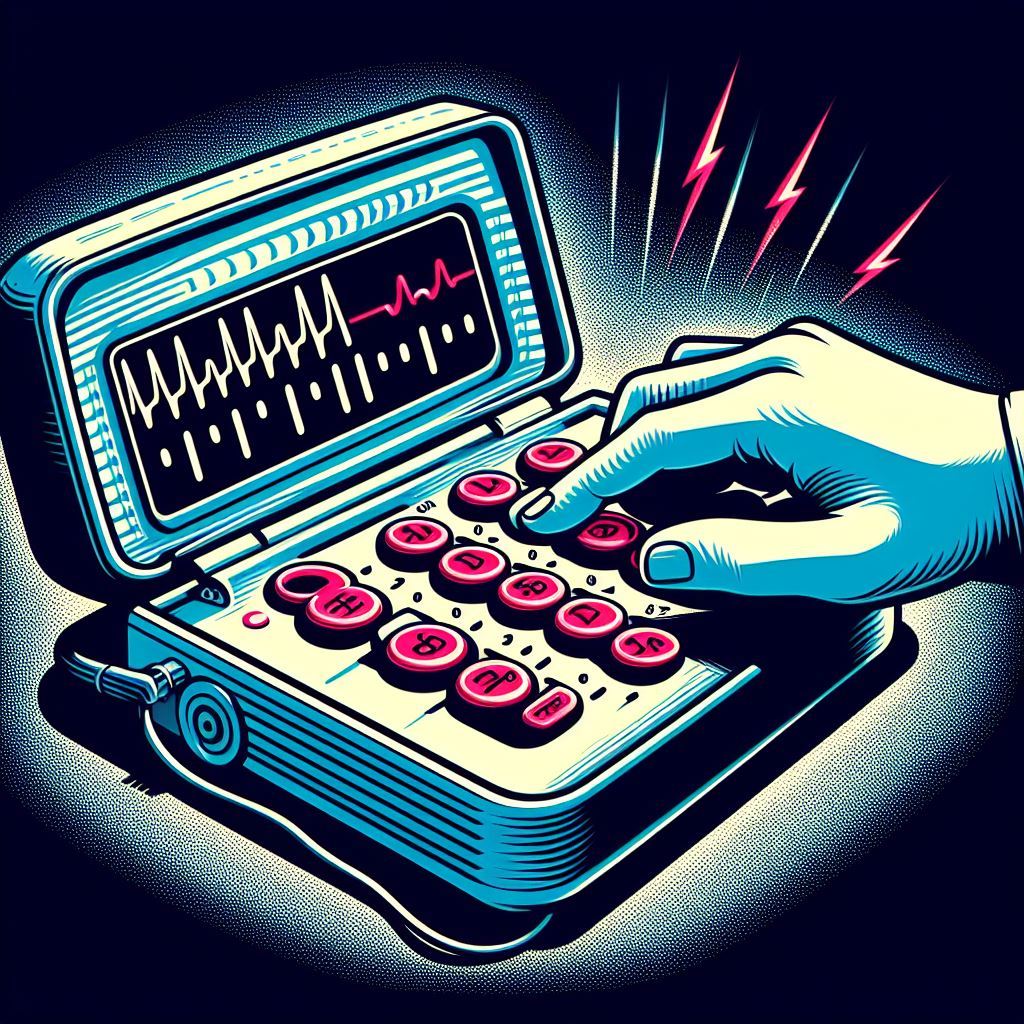
Mysterious Morse involves using an automated Morse code machine to emit high-frequency beeping signals.
This option adds an element of intrigue and curiosity to your noise campaign. It's important to use this option sparingly and avoid excessive use that may disturb or irritate others.
The estimated dB level varies but is typically below 80 dB, similar to background office noise.
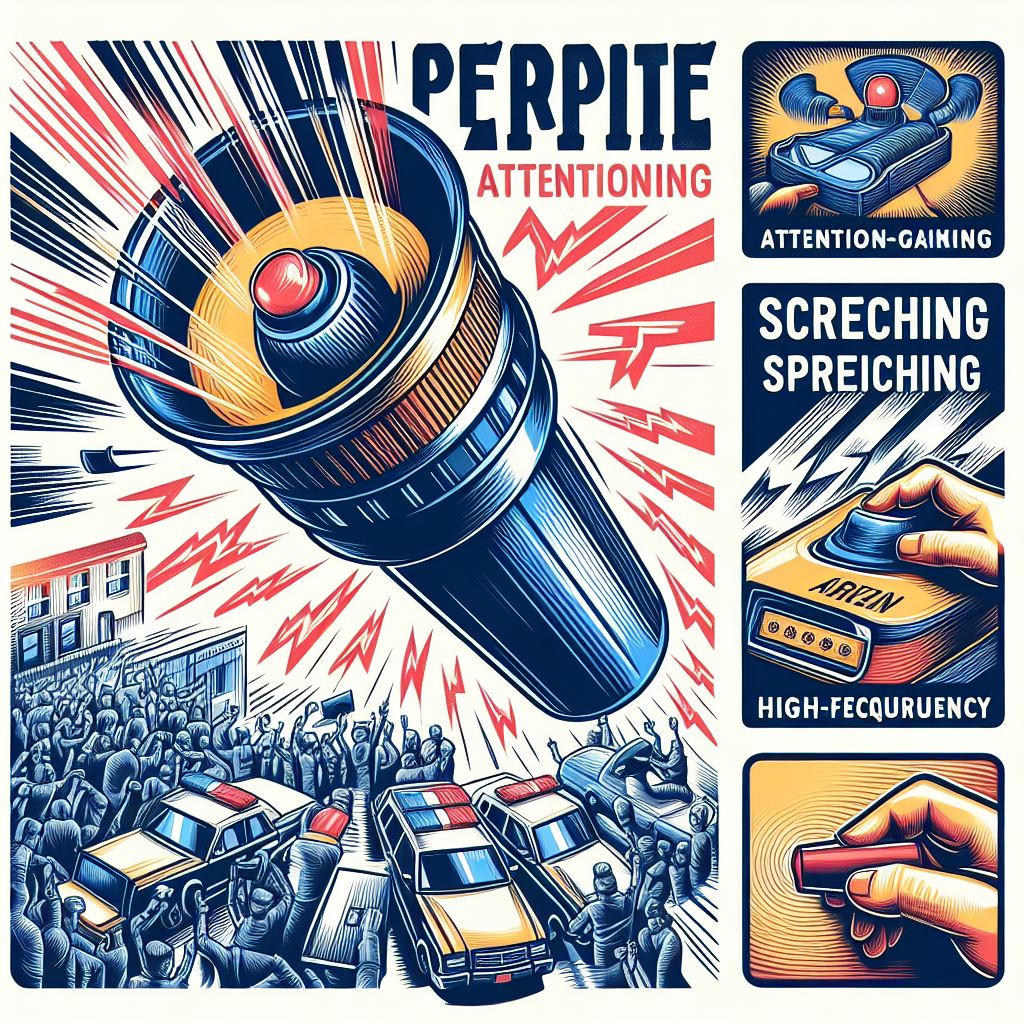
A Screeching Siren device replicates the high-pitched sound of emergency sirens. When activated, it generates attention-grabbing, piercing high-frequency sounds. It's crucial to use this option sparingly and only in situations where it is safe and appropriate. Considerate usage can prevent unnecessary panic or distress. The estimated dB level is around 120 dB, similar to the noise level at a loud concert.

Nails on Chalkboard Symphony involves creating a contraption that mimics the sound of nails on a chalkboard.
The high-pitched, screeching noise produced can be particularly distressing for many individuals. It's important to use this option sparingly and be considerate of others' discomfort, avoiding causing genuine distress or discomfort.
The estimated dB level is typically below 80 dB, similar to background office noise.
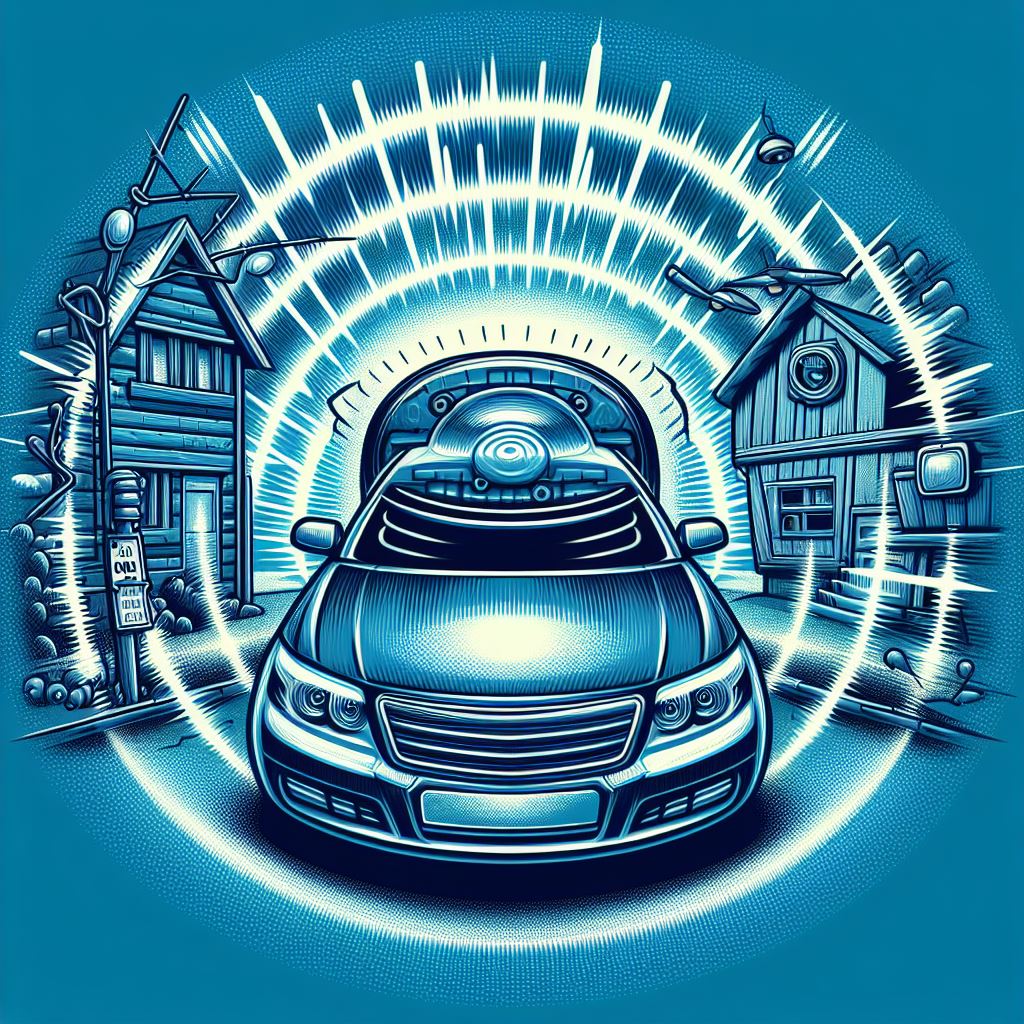
Never-Ending Car Alarm refers to setting up a car alarm system to trigger repeatedly, subjecting neighbors to the relentless high-frequency sound of alarms going off.
This option should not be used to intentionally annoy or disturb neighbors. It's important to consider the potential impact on others and avoid using it during late hours or for prolonged periods.
The estimated dB level is typically around 100 dB, similar to the noise level of a motorcycle or jackhammer.

The Whirling Whistle is a high-pitched whistle capable of producing intense, attention-grabbing frequencies.
When used, it leaves neighbors feeling frazzled and irritated. It's important to use this option sparingly and with consideration for the potential annoyance it may cause to others.
Responsible usage can prevent unnecessary disturbances. The estimated dB level varies but can reach around 100 dB, similar to the noise level of a motorcycle or jackhammer.

Electric Razor Racket involves activating an electric razor in proximity to shared walls, generating a continuous high-frequency buzz to disrupt the peace.
It's important to avoid using this option excessively or with the intention of causing prolonged annoyance to others.
Responsible usage should prioritize respecting neighbors' well-being and maintaining peaceful coexistence. The estimated dB level is typically below 70 dB, similar to conversational speech.
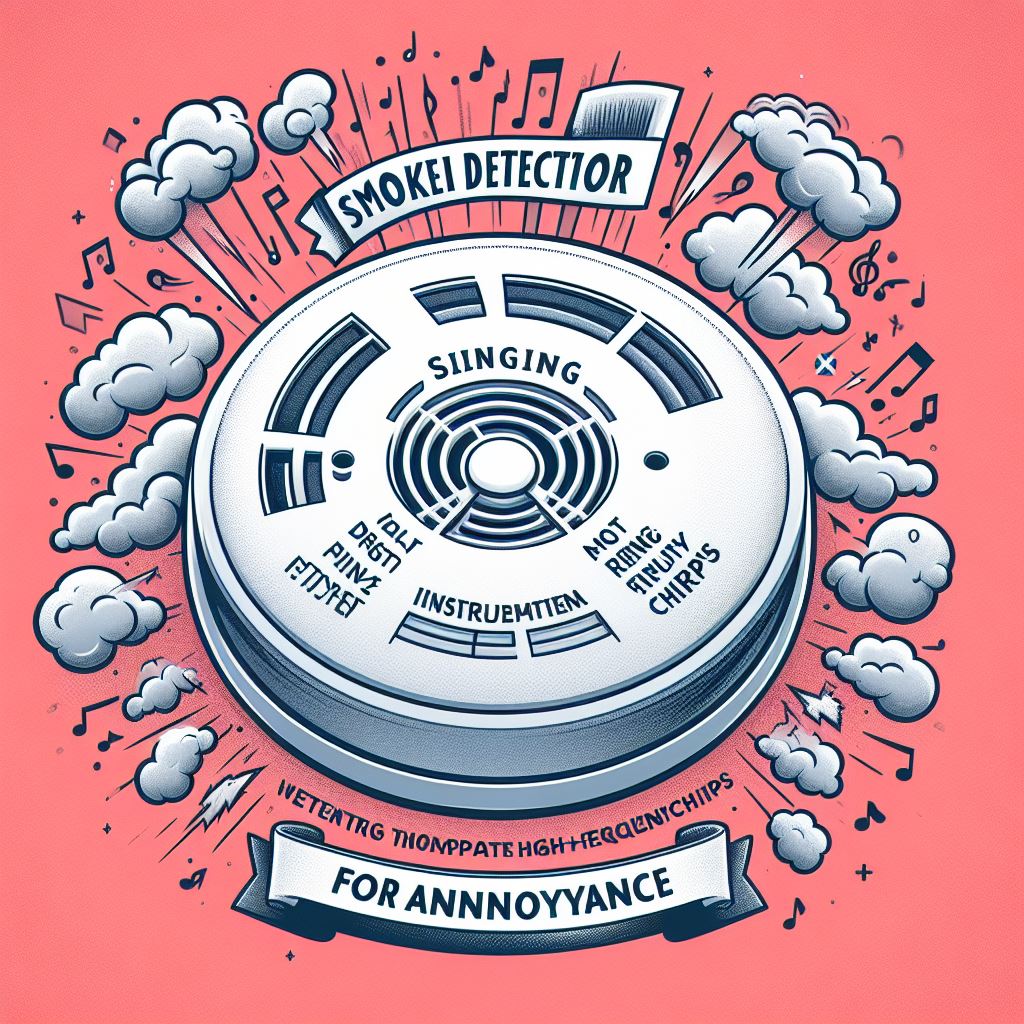
Singing Smoke Detector refers to modifying a smoke detector to emit intermittent high-frequency chirps, simulating a never-ending serenade of annoyance.
Tampering with smoke detectors for the purpose of annoyance is not recommended, as it may compromise safety.
The use of smoke detectors should always prioritize their intended function of protecting lives and property. The estimated dB level is typically below 70 dB, similar to conversational speech.
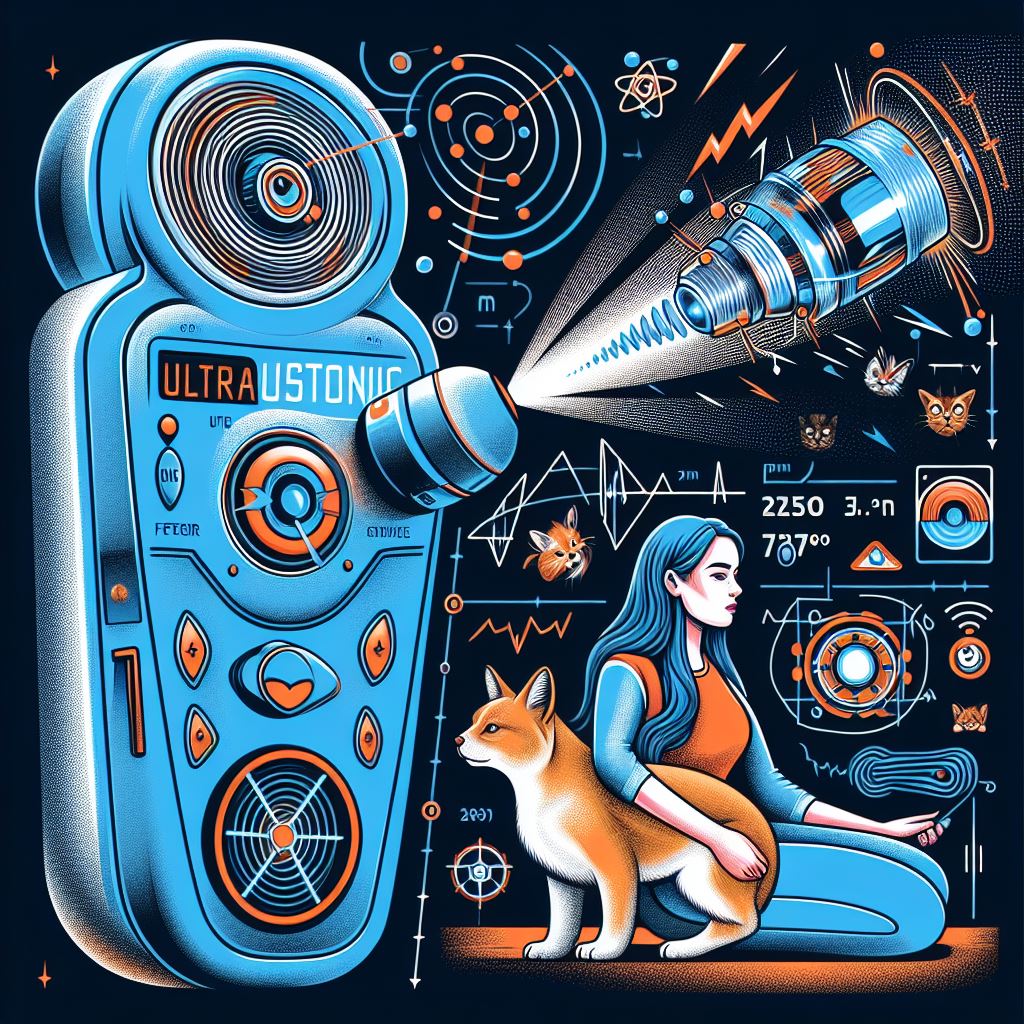
Ultra-Ultrasonic involves using a device that emits ultrasonic frequencies, often inaudible to humans but potentially irritating to pets and certain individuals.
It's important to exercise caution when using this option and consider the potential effects on others.
Responsible usage should avoid causing genuine harm or distress to animals or sensitive individuals.
The estimated dB level varies, but it's typically below 80 dB, similar to background office noise.

Clockwork Clamor entails setting up an assortment of clocks that tick and tock synchronously, creating an orchestra of high-frequency noise to unnerve neighbors.
It's important to use this option sparingly and ensure that it does not disrupt neighbors'

The Vuvuzela Vortex involves unleashing the intense and continuous high-frequency noise produced by a vuvuzela. This noise, famously heard during past World Cups, can significantly disrupt the tranquility of a neighborhood.
It's important to avoid using this option in residential areas, as it can cause significant disturbance and annoyance to neighbors. Responsible usage should prioritize respecting others' well-being and maintaining peaceful coexistence.
The estimated dB level is typically around 120 dB, similar to the noise level at a loud concert.
When generating high-pitched noise to annoy neighbors, it's crucial to prioritize safety and ethics.
Consider the following:
Instead of resorting to high pitched noise to annoy neighbors, it's beneficial to explore alternative approaches that foster positive relationships and create a harmonious living environment.
Consider the following alternatives for neighborly solutions:
Initiate a respectful and open conversation with your neighbors to address any concerns or conflicts.
Effective communication can lead to better understanding and the potential for finding mutually agreeable solutions.
Engage the services of professional mediators who specialize in conflict resolution.
They can facilitate constructive dialogues and help find compromises that satisfy both parties' needs and concerns.
Invest in noise-canceling technologies for your living space.
These devices can help reduce external noise and create a more peaceful environment for both you and your neighbors.
Consider implementing soundproofing measures within your home.
This could involve installing acoustic panels, sealing gaps in walls, or adding sound-absorbing materials to minimize noise transfer to neighboring units.
Adhere to designated quiet hours as outlined in your building or community regulations.
Being mindful of noise levels during these periods shows respect for your neighbors' need for peace and quiet.
Participate in community events and initiatives to foster a sense of belonging and establish positive relationships with your neighbors.
Building a supportive community can mitigate conflicts and promote understanding.
Involve neighbors in finding solutions to common issues.
By working together, you can collectively identify and implement strategies that address concerns without resorting to disruptive measures.
Demonstrate a willingness to compromise and be open to suggestions from your neighbors.
Flexibility in finding middle ground can go a long way in maintaining good relations and resolving conflicts.
Put yourself in your neighbors' shoes and consider their perspective.
Developing empathy and understanding helps promote a considerate approach to neighborly interactions and encourages positive communication.
If noise issues persist, consult professionals such as acoustic engineers or property managers who can provide expert advice and guidance on effective noise mitigation strategies.
We hope this guide has sparked your creativity and brought some laughter into your life.
Remember, as experienced pranksters, it's crucial to approach these noise-filled endeavors with responsibility and respect.
While we've shared some entertaining suggestions, always consider the well-being of your neighbors and prioritize maintaining positive relationships.
Communication is key in creating a harmonious environment.
If noise becomes an ongoing issue, engage in open and respectful conversations with your neighbors.
Finding common ground and understanding each other's perspectives can lead to amicable solutions.
Thank you for joining us on this joyous journey.
High-frequency sounds to annoy neighbors are various tools or devices that emit sound waves at higher frequencies, often designed to grab attention or cause annoyance. These can include sonic screamers, mosquito mania devices, chattering teeth toys, and more. It's important to use these options responsibly and with consideration for others' well-being.
High frequency sound can vary in dB levels. Sonic screamers and screeching sirens can reach around 120 dB, similar to the noise level at a loud concert. Mosquito mania devices typically emit sounds below 80 dB, similar to background office noise. It's crucial to avoid extreme volume levels and prioritize responsible use.
While high frequency sound can be entertaining, it's essential to be mindful of local noise regulations and ordinances. Intentionally causing excessive noise to annoy neighbors may have legal consequences. It's crucial to respect noise restrictions and prioritize peaceful coexistence with your neighbors.